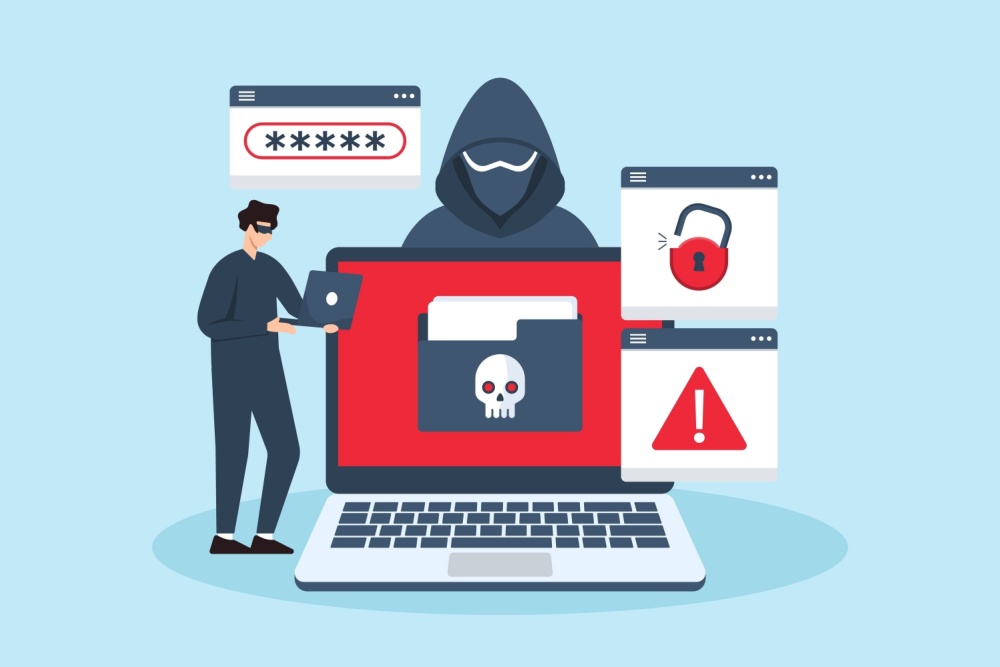In terms of cybersecurity, ransomware is now the biggest and most relentless threat to organizations. Attacks are getting more frequent, complex, and costly, making them a top concern for institutions everywhere.
An Alarming Rise
Here are some recent stats that really highlight how much ransomware is on the rise:
- 59% of organizations were hit with ransomware attacks over the past year. While many were stopped in their tracks, the jump in attempts is definitely worrisome.
- The average ransom demand has shot up to $2.73 million — almost $1 million more than last year.
- Ransomware attacks have gone up by 13% in the last five years.
These numbers show just how big a problem it has become and how it’s affecting organizations across the board.
Why Ransomware Tops the Threat List
Several factors contribute to ransomware’s position as the single biggest cybersecurity risk:
- Evolving Tactics: Ransomware groups are constantly refining their methods. The rise of double and triple extortion tactics, where attackers not only encrypt data but also threaten to leak sensitive information, has significantly raised the stakes.
- Ransomware-as-a-Service (RaaS): The emergence of RaaS has lowered the barrier to entry for cybercriminals, allowing even those with limited technical skills to launch sophisticated attacks.
- Critical Infrastructure Targeting: Ransomware groups are increasingly focusing on critical infrastructure sectors like healthcare, energy, and transportation, where the pressure to pay ransoms is higher due to potential public safety risks.
- Cloud Vulnerabilities: As businesses migrate to the cloud, ransomware attacks are adapting to target cloud-based services and data backups, which were traditionally seen as safe havens.
- AI-Driven Attacks: The integration of artificial intelligence has made attacks more targeted, harder to detect, and increasingly difficult to prevent.
The Financial and Operational Impact
The consequences of ransomware attacks extend far beyond the ransom itself:
- The average recovery cost across sectors is close to $2 million, with financial services firms facing even higher costs of $2.58 million on average.
- Organizations experience an average of 21 days of downtime following an attack, severely disrupting operations.
- In the financial sector, 43% of computers are affected in the average attack, highlighting the widespread impact on critical systems.
Protecting Against the Threat
To defend against this pervasive threat, organizations must adopt a multi-faceted approach:
- Robust Backup Systems: Implement and regularly test comprehensive backup solutions that are isolated from the main network.
- Employee Training: Educate staff about ransomware tactics, especially phishing attempts, which remain a common entry point for attackers.
- Patch Management: Regularly update and patch systems, as 32% of attacks exploit unpatched vulnerabilities.
- Advanced Threat Detection: Invest in AI-driven cybersecurity solutions that can detect and respond to attacks in real time.
- Incident Response Planning: Develop and regularly practice a comprehensive incident response plan that includes ransomware scenarios.
Staying vigilant
Ransomware is still a big, evolving challenge. It’s leading to financial hits, operational headaches, and reputation damage, making it the top cybersecurity threat we face today. Staying on top of the latest threats and building up strong defenses is the only logical course of action. Fighting ransomware means staying sharp, ready to adapt to new tactics, and always keeping an eye out.





0 Comments